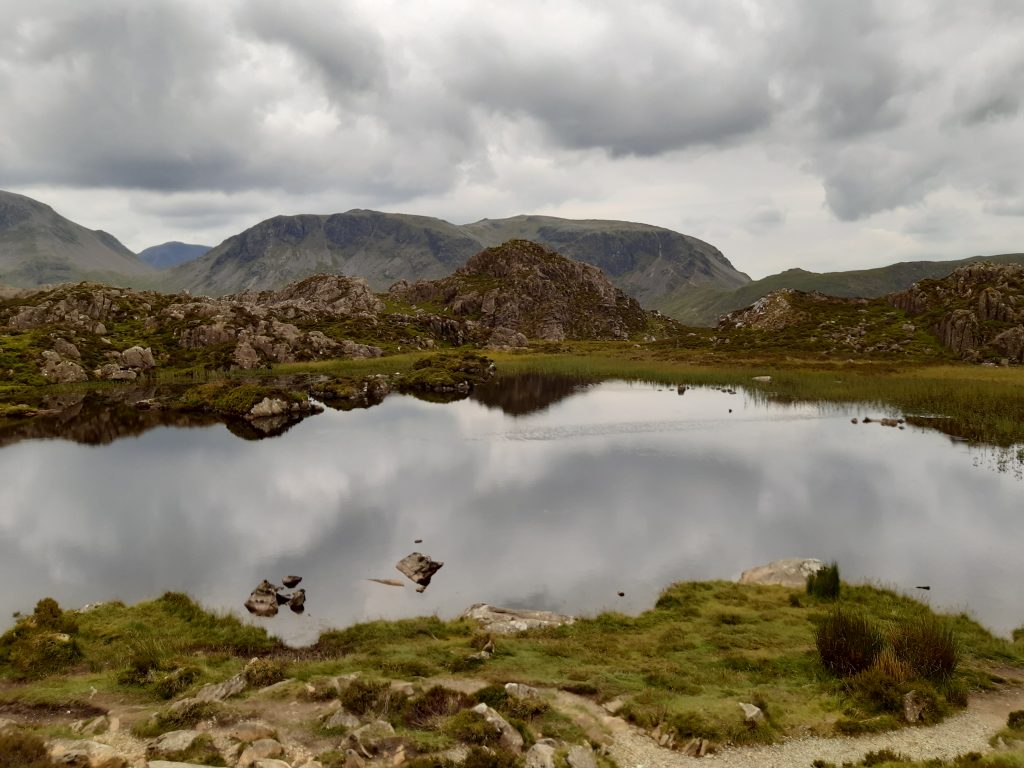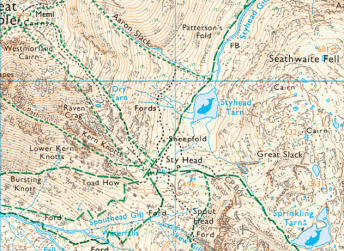When camping, wild-camping is one of the best experiences to be had. The feeling of waking up to a beautiful sunrise in the wilderness is impossible to replace. Having said that, wild-camping can also be quite risky if you don’t plan ahead. So in this post, we’ll answer the question of How to Wild-Camp.

Is it legal?
Let’s start by addressing the elephant in the room. In most of England and Wales, technically, wild-camping without the permission of the landowner is illegal. Having said that, there are a number of places where there is a long tradition of wild-camping, and people will often turn a blind eye. This is a great guide for the various unspoken rules across England and Wales.
In Scotland however, wild camping is legal as long as you stick to the Outdoor Access Code.
There is one point which I cannot stress enough, when wild-camping leave the campsite better than you found it. This means clean up every trace that humans were there, even if its not yours. This wild camping etiquette is put quite well on this page made by the Lake District national park.
Where?
When wild-camping, the first thing you’ll want to do is work out where you’re going to stay. This can be tough, as there’s quite a few things you need to have while wild-camping.
A Water Source
This is key for camping in general, but since campsites already have taps, you don’t usually have to worry about this. Make sure to pick a wild camp near to a source of fresh water. This can be a stream, river, or a lake (if you know it isn’t stagnant).
Shelter / Exposure
When wild-camping, you need to make sure that your wild-camp is not too exposed. This basically means ensuring that your wild-camp isn’t pummelled by the weather. You can do this by making sure your wild-camp isn’t too high up, or that it is sheltered by the surrounding landforms.
Good Ground
You’ll finally want to make sure that your wild-camp is on relatively flat ground, and that it isn’t going to become a bog in the rain. To do this, look at the contour lines, and make sure to avoid the bog symbols on your topographic map.
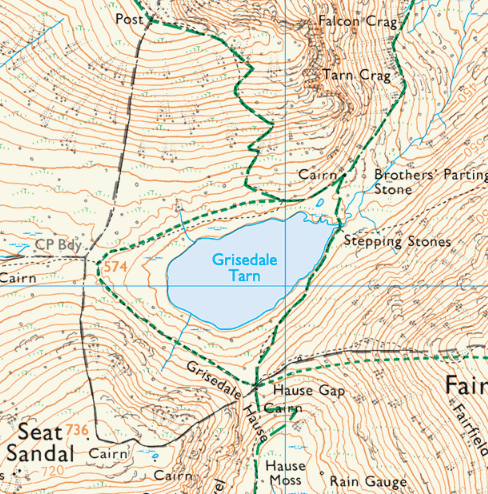
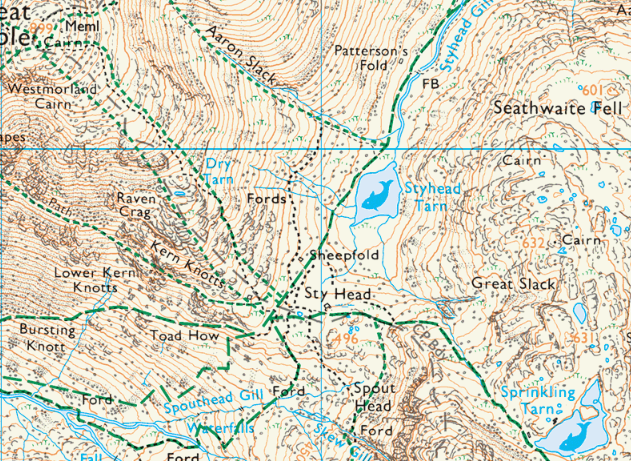
Access
One other point to consider when picking a wild-camp is that of access. It is a very good idea to make sure you can get out of your camp easily if the weather does take a turn for the worse. This is especially important if it’s your first time wild-camping, as it gives you that option to get out of there if the conditions aren’t so great.
Check the Internet
If you’re a bit stuck at this point, it may well be a good idea to check google. Search something like ‘wild camp near ___’ and you’re sure to come up with some inspiration.
Even if you have got a good spot, it is always a good idea to check the spot on the internet. Say I wanted to camp by Styhead Tarn, searching ‘styhead tarn wild camp’, shows me I would do very well wild-camping there.
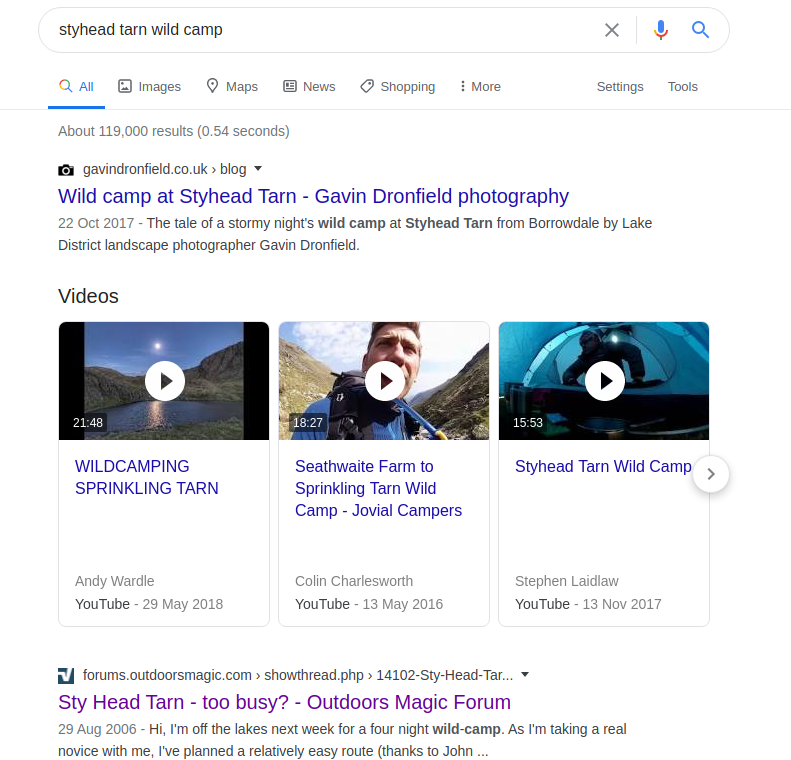
How?
When you’re wild-camping, it is very similar to camping in a regular campsite, with a few key differences.
Water Purification
This is probably the most important difference. When you’re wild-camping, you don’t have access to a reliable source of clean water, so you need to purify the water you drink. There are a couple of different ways of doing this: Filtering, UV sterilisation, Chemical Purification and Boiling. These all have their own advantages and disadvantages.
I have only used chemical purification (NaDCC tablets), as I could just pop a tablet in my water, and leave it to react overnight / while walking (they do need to sit for 30 minutes). N.B. I did use a rag to remove any large particles from the water. I also found it didn’t leave much of an aftertaste.
Keep a Low Profile
The main reason most of us enjoy wild-camping is to enjoy the rugged, unspoiled outdoors. For this reason make sure to keep the outdoors as unspoiled as possible while you’re wild-camping. Just don’t go around blasting music or shining light everywhere.
Leave as you Found It
For a similar reason, make sure to leave the campsite as you found it, as mentioned earlier. We are lucky enough to wild-camp in the first place, lets not give wild-camping a bad reputation.
Doing your Business…
This is one of the most taboo things about wild-camping, however it is less of an issue than you’d think. Just make sure to bring a trowel, some TP and hand sanitiser.
When doing your business, make sure to dig a small hole away from any water source (100m or more). Then having done your business, you can put the toilet paper in the hole (it’s biodegradable), then fill in the hole. Make sure to use your hand sanitiser.
